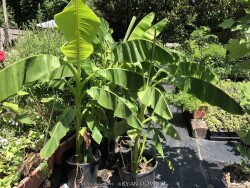
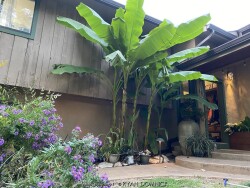

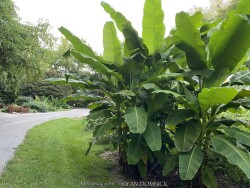

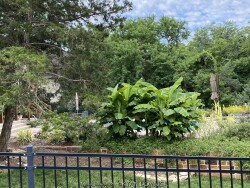

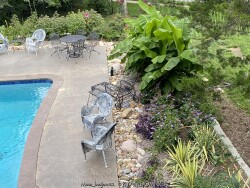
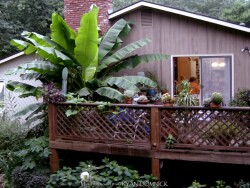
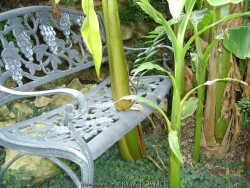
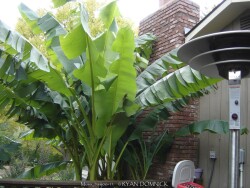
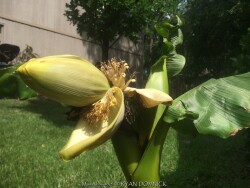
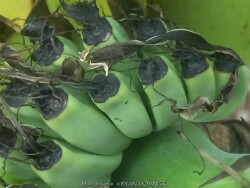
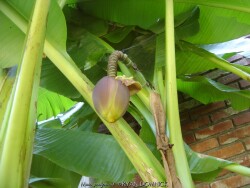
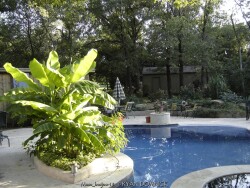
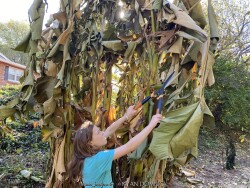
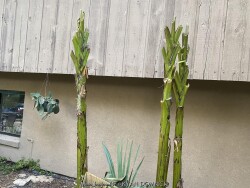
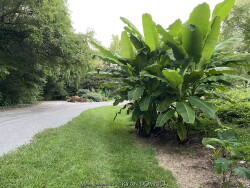
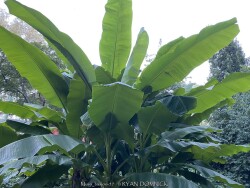
Plant Min Zone: 5a
Plant Max Zone: 11b
Sunlight: Full Sun, Part Sun
Water / Rainfall: Average, High, Very High
Soil Quality: Average, Rich
Bloom Season: Late Summer, Fall
Flower Color: Yellowish White, Cream
Berry / Fruit Color: None
Spring Foliage Color: Green
Summer Foliage Color: Green
Fall Foliage Color: Green
Evergreen Foliage: No
Winter Interest: No
Scented Flowers: No
Drought Tolerance: Low, Medium
Wet-Feet Tolerance: Medium, High
Humidity Tolerance: High
Wind Tolerance: Low
Poor Soil Tolerance: Clay Soils
Height: 6' - 20'
Width: 5' - 10'
Growth Rate: Fast, Extremely Fast
Service Life: Very Long: 10-20 years
Maintenance Need: Medium
Spreading Potential: Medium
Yearly Trimming Tips: Trim Perennial to Ground Around First Fall Freeze: No Winter Interest.
Plant Grouping Size: Specimen Planting of 1-3, Small Grouping of 3-5
Best Side of House: South Exposure, East Exposure
Extreme Planting Locations: Base of Retaining Wall Locations, Resistant to Rabbits
Ornamental Features: Multiple Seasons of Interest, Emerges Early in Spring, Large Tropical Foliage / Flowers, Exceptional / Colorful Foliage
Special Landscape Uses: Erosion Control
Possible Pest Problems: None
Plant Limitations: May get Occasional Winter-kill, Needs Regular Irrigation, Needs Thick Winter Mulch
Shippable in 2026: YES
Create a tropical effect in your landscape with these large fast-growing cold hardy Musa basjoo! (also called Japanese fiber banana) Each leaf can be 6 feet long and 2 feet wide. Leave in ground and mulch 6" thick and they will return as perennials every year. If planting on the south side of a house in full sun, little protection is needed. These have proven hardy in Lawrence, KS (zone 6a) for over 20 years. In Eastern Kansas, typically our 40 inches of rainfall is sufficient without extra water in good soils. This species will tolerate some degree of drought but fastest growth will occur in rich well-drained soils with extra water and fertilizer provided during the summer. Great for summer wet areas in full sun or around swimming pools (creates no messes). Plants are capable of growing 15-18 feet by the end of summer when established and happy! A more realistic height is 7-12 feet under average conditions. Banana trees will slowly divide and send up offsets; this is a desirable sign that the banana tree is establishing well. If 1-2 feet of trunk is protected with a large pile of leaf mulch, you will get a flower followed by small inedible bananas the 2nd year on the largest trunk. The flowering trunk will die but the offsets will grow. Bananas will not tolerate excessively wet soils during dormancy. Sunburning can happen with summer temperatures over 100 degrees F but it will quickly outgrow the damage. Bananas need at least 1/2 day of full sun and protection from excessive winds to properly grow. Listed by many sources as hardy to zone 6 or 7, with proper mulching and placement near a foundation, you can easily grow this into zone 5 or possibly lower. In our trial gardens in Lawrence, KS (zone 6a), two well established specimens have thrived for 15 years and counting. During the arctic blast of February, 2021, lows down to -17 degrees F on Feb 16th, 2021 were recorded. The longevity of this cold blast was also impressive: 10 days on a row with highs of 10-15 degrees F or lower, 8 nights of lows in the single digits and negatives, and 36 straight hours of 0 degrees F and mostly lower. A hard ground freeze was inevitable; hundreds of plants around town survived this event returning a little late the following spring but otherwise just fine. Some were mulched with ground up leaf mulch, some were not.